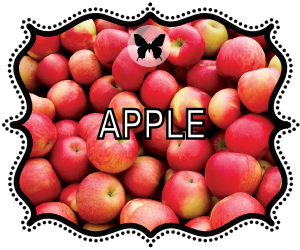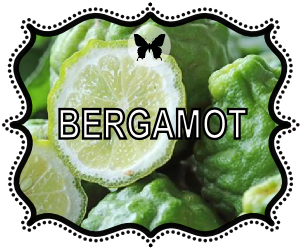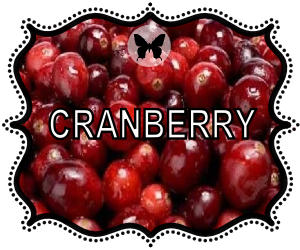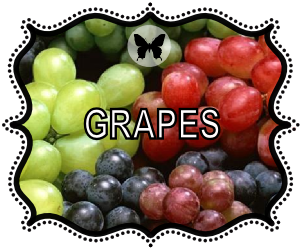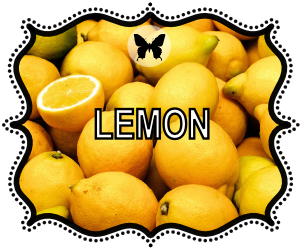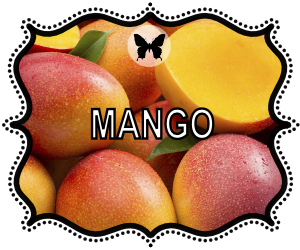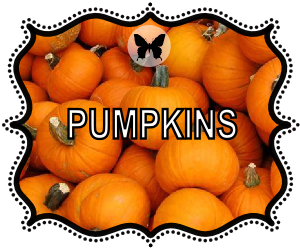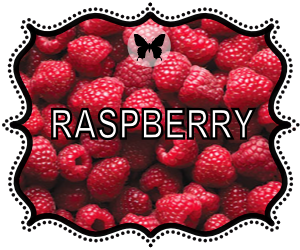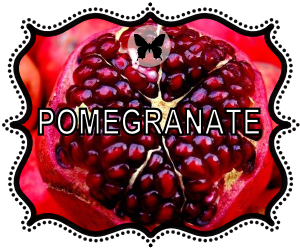

FRUITS & BERRIES
FOR DIY SOAPS & COSMETICS
Use these natural botanical fruits and berries in your handmade soaps and cosmetics. Click on the berry or fruit image below to learn how to use in making your own natural handmade soaps and cosmetics. Use for infusing, embedding and decorating your fresh made soaps. Be sure to check out the time-tested DIY recipes from our Soap & Cosmetic Recipe Vault.
What is FRUIT?
Fruit is the seed-bearing structure in flowering plants (also known as angiosperms) formed from the ovary after flowering.
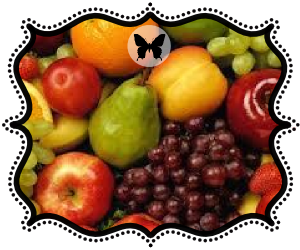 Fruits are the means by which angiosperms disseminate seeds. Edible fruits, in particular, have propagated with the movements of humans and animals in a symbiotic relationship as a means for seed dispersal and nutrition; in fact, humans and many animals have become dependent on fruits as a source of food.[1] Accordingly, fruits account for a substantial fraction of the world’s agricultural output, and some (such as the apple and the pomegranate) have acquired extensive cultural and symbolic meanings.
Fruits are the means by which angiosperms disseminate seeds. Edible fruits, in particular, have propagated with the movements of humans and animals in a symbiotic relationship as a means for seed dispersal and nutrition; in fact, humans and many animals have become dependent on fruits as a source of food.[1] Accordingly, fruits account for a substantial fraction of the world’s agricultural output, and some (such as the apple and the pomegranate) have acquired extensive cultural and symbolic meanings.
In common language usage, “fruit” normally means the fleshy seed-associated structures of a plant that are sweet or sour, and edible in the raw state, such as apples, bananas, grapes, lemons, oranges, and strawberries. On the other hand, in botanical usage, “fruit” includes many structures that are not commonly called “fruits”, such as bean pods, corn kernels, tomatoes, and wheat grains.[2][3]
What are BERRIES?
A berry is a small, pulpy, and often edible fruit. Berries are usually juicy, rounded, brightly colored, sweet or sour, and do not have a stone or pit, although many pips or seeds may be present.[1] Common examples are strawberries, raspberries, blueberries, and red- and blackcurrants.[2] In Britain, soft fruit is a horticultural term for such fruits.[3][4][5]
 The scientific usage of the term “berry” differs from common usage. In scientific terminology, a berry is a fruit produced from the ovary of a single flower in which the outer layer of the ovary wall develops into an edible fleshy portion (pericarp). The definition includes many fruits that are not commonly known as berries, such as grapes, tomatoes, cucumbers, eggplants (aubergines) and bananas. Fruits excluded by the botanical definition include strawberries, raspberries, and blackberries, which are aggregate fruits. A plant bearing berries is said to be bacciferous or baccate.
The scientific usage of the term “berry” differs from common usage. In scientific terminology, a berry is a fruit produced from the ovary of a single flower in which the outer layer of the ovary wall develops into an edible fleshy portion (pericarp). The definition includes many fruits that are not commonly known as berries, such as grapes, tomatoes, cucumbers, eggplants (aubergines) and bananas. Fruits excluded by the botanical definition include strawberries, raspberries, and blackberries, which are aggregate fruits. A plant bearing berries is said to be bacciferous or baccate.
While many berries are edible, some are poisonous to humans, such as deadly nightshade and pokeweed. Others, such as the white mulberry, red mulberry, and elderberry, are poisonous when unripe, but are edible when ripe.[6]
Berries are eaten worldwide and often used in jams, preserves, cakes or pies. Some berries are commercially important. The berry industry varies from country to country as do types of berries cultivated or growing in the wild. Some berries such as raspberries and strawberries have been bred for hundreds of years and are distinct from their wild counterparts, while other berries, such as lingonberries and cloudberries, grow almost exclusively in the wild.

Affiliate Disclosure: I am grateful to be of service and bring you content free of charge. In order to do this, please note that when you click links and purchase items, in most (not all) cases I will receive a referral commission. Your support in purchasing through these links enables me to keep Par Par Academy of Soaps & Cosmetics free, and empower more people worldwide to make soap safely and easily. Thank you!


